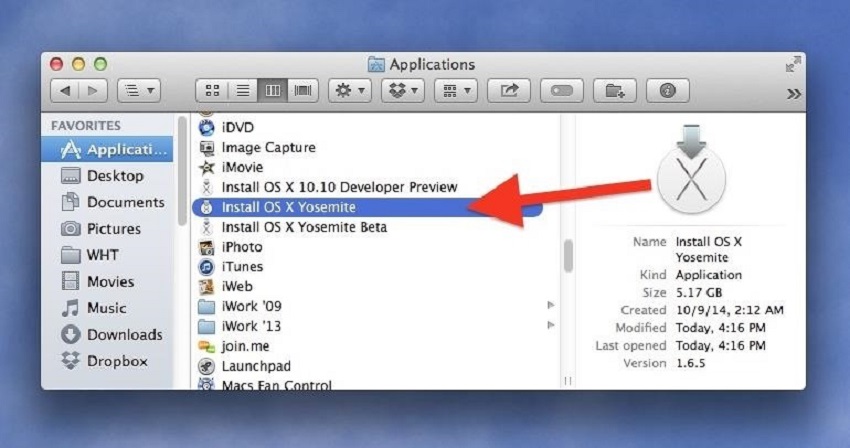In today’s rapidly evolving technological landscape, businesses are constantly seeking ways to improve their processes, increase efficiency, and gain a competitive edge. One of the emerging approaches that have gained significant attention is Model-Driven Engineering (MDE) integration. In this article, we will delve into the concept of MDE integration, its benefits, and how it can revolutionize software development and system engineering practices.
Understanding MDE Integration
Defining MDE Integration
MDE integration refers to the seamless incorporation of Model-Driven Engineering principles and techniques into an organization’s existing development and engineering processes. Model-Driven Engineering is an innovative methodology that emphasizes the use of models as primary artifacts throughout the software development lifecycle. Dive deeper into what is mde service framework.
The Role of Models in MDE Integration
Models in the context of MDE integration are abstract representations that capture the structure, behavior, and functionality of a system or software application. These models serve as a blueprint for the development process, allowing developers and engineers to analyze, validate, simulate, and generate code automatically.
Key Components of MDE Integration
For successful MDE integration, several key components must be considered:
- Domain-Specific Modeling Languages (DSMLs): DSMLs enable the creation of models using domain-specific concepts and notations tailored to the problem at hand. They provide a higher level of abstraction, making it easier for stakeholders to understand and communicate system requirements.
- Model Transformation: Model transformation involves converting models from one representation to another while preserving their essential characteristics. It allows for the refinement, synthesis, and generation of various artifacts, such as code, documentation, and test cases.
- Model Management: Model management encompasses activities such as model editing, validation, and manipulation. It ensures the consistency, integrity, and quality of models throughout the development process.
- Tool Support: MDE integration relies heavily on specialized tools and frameworks that facilitate model creation, manipulation, and transformation. These tools provide an environment for developers to work with models effectively and automate various tasks.
Benefits of MDE Integration
MDE integration offers numerous advantages over traditional software development approaches. Let’s explore some of the key benefits:
Increased Productivity and Efficiency
By leveraging MDE integration, development teams can significantly reduce the time and effort required to build complex software systems. Models serve as a visual representation of the system, enabling developers to focus on high-level design and logic rather than low-level implementation details. This leads to faster development cycles and increased productivity.
Improved Software Quality
With MDE integration, models become the primary artifacts throughout the software development process. Since models are platform-independent and technology-agnostic, they can be used to generate code for multiple platforms and programming languages. This reduces the likelihood of errors and inconsistencies introduced during manual coding, resulting in higher software quality.
Enhanced Collaboration and Communication
Models in MDE integration act as a common language that bridges the gap between stakeholders, developers, and engineers. They provide a visual representation of the system’s functionality, enabling better communication and understanding among team members. This facilitates collaboration, reduces misunderstandings, and ensures that the developed system meets the stakeholders’ requirements.
Adaptability to Change
In today’s fast-paced business environment, organizations often face evolving requirements and changing market conditions. MDE integration allows for quick and efficient modifications to the system by updating the models and regenerating the necessary artifacts. This adaptability helps businesses stay agile and respond effectively to changing needs.
MDE Integration in Practice
To implement MDE integration successfully, organizations should consider the following steps:
Step 1: Identify Appropriate Use Cases
Not all projects may benefit equally from MDE integration. It is crucial to identify use cases where MDE can provide tangible advantages, such as projects with complex requirements, frequent changes, or a need for rapid prototyping.
Step 2: Select Suitable DSMLs and Tools
Choosing the right Domain-Specific Modeling Languages (DSMLs) and supporting tools is vital for effective MDE integration. Evaluate available options based on their expressiveness, tool support, community adoption, and compatibility with existing development practices.
Step 3: Train and Educate the Development Team
MDE integration requires a solid understanding of modeling concepts and best practices. Provide adequate training to the development team to ensure they are proficient in using the selected DSMLs and tools effectively.
Step 4: Start with Pilot Projects
To minimize risks and gain practical experience, begin with small-scale pilot projects before scaling up to larger initiatives. Pilot projects allow for the validation of the chosen approach, identification of challenges, and refinement of processes.
Step 5: Foster Collaboration and Knowledge Sharing
Encourage collaboration and knowledge sharing among team members involved in MDE integration. Establish forums, workshops, and regular meetings to exchange ideas, address challenges, and share lessons learned.
Conclusion
MDE integration represents a paradigm shift in software development and system engineering. By adopting MDE principles and leveraging their benefits, organizations can enhance productivity, improve software quality, foster collaboration, and adapt to changing market dynamics. Embracing MDE integration allows businesses to stay ahead of the competition and create innovative, high-quality software systems. So, if you’re ready to take your software development practices to the next level, consider exploring the world of MDE integration.




